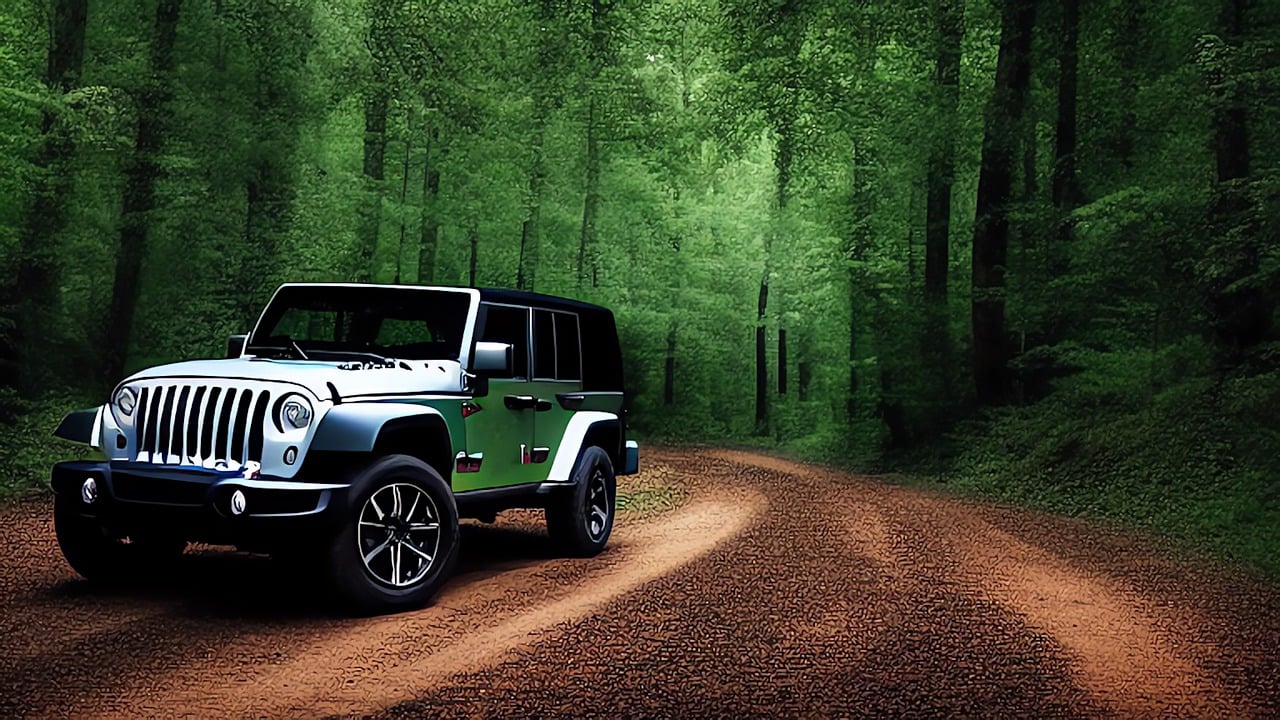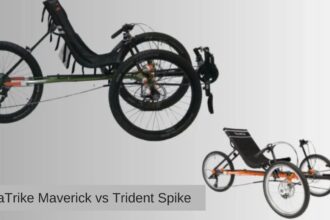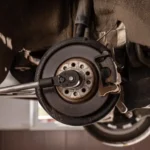Fuel efficiency is a top consideration for vehicle owners, especially those who live in areas with extreme temperatures. In hot climates, such as the southern regions of the United States, vehicles are subjected to additional stress that can impact fuel performance. Jeep vehicles, known for their ruggedness and off-road capabilities, are also designed with versatility in mind. But how do they hold up in sweltering temperatures when it comes to fuel economy? Whether you’re navigating city streets or heading off-road, understanding how heat affects your Jeep’s fuel efficiency is essential. For those considering their next purchase from a Jeep dealership Mobile, AL, it’s particularly useful to understand which Jeep models perform best under the Alabama sun and what steps you can take to optimize your fuel consumption year-round.
How Heat Impacts Fuel Efficiency
High temperatures can influence a vehicle’s fuel efficiency in multiple ways. While engines tend to operate more efficiently in warm weather due to quicker oil circulation and reduced aerodynamic drag, extremely high temperatures can have adverse effects. Air conditioning use becomes essential in hot climates, increasing fuel consumption. Additionally, engine components may overheat or experience wear faster, especially if the vehicle isn’t maintained properly.
Jeep models, especially those with larger engines like the Wrangler or Grand Cherokee, are more susceptible to heat-related inefficiencies due to their size and weight. The heat can also affect tire pressure and fuel volatility, both of which play a direct role in how efficiently your vehicle uses gas.
Fuel Efficiency of the Jeep Wrangler in Hot Climates
The Jeep Wrangler is a classic model known for its off-road prowess, but it’s not always at the top of the list when it comes to fuel economy. In hot climates, the Wrangler’s open-air design can become a disadvantage if you frequently use the air conditioning system, leading to higher fuel consumption. The 3.6L V6 engine in many Wrangler trims averages around 17 mpg city and 23 mpg highway, but these numbers can drop slightly with heavy A/C use.
Wranglers with the 2.0L turbocharged engine tend to perform a bit better in hot climates due to their increased efficiency and slightly lower cooling demands. Still, consistent maintenance, such as checking coolant levels and ensuring the A/C system is functioning optimally, is essential to minimize heat-related fuel inefficiency.
Jeep Grand Cherokee: Balancing Power and Efficiency
The Jeep Grand Cherokee strikes a better balance between performance and fuel efficiency. With options ranging from a 3.6L V6 to a more powerful 5.7L V8, this model offers a wide range of fuel consumption figures. In hot climates, the Grand Cherokee performs better than most expect for an SUV of its size. Thanks to its aerodynamic design and modern engine technologies like stop-start systems and cylinder deactivation, the Grand Cherokee manages to conserve fuel during city driving.
That said, the model’s real-world fuel efficiency still depends heavily on how often the A/C is used and how frequently the vehicle is driven in stop-and-go traffic. Urban environments combined with high temperatures can lower the mpg from an average of 19 city and 26 highway to something closer to 17 city and 23 highway. Choosing a model with a turbocharged or hybrid engine can help mitigate this.
Jeep Compass: A Compact Performer in the Heat
The Jeep Compass is a compact SUV that naturally offers better fuel efficiency than larger models in the Jeep lineup. With a 2.4L inline-4 engine, the Compass averages about 22 mpg city and 31 mpg highway. In hot climates, its smaller size and lighter frame give it a noticeable advantage. It requires less cooling than larger vehicles and places less stress on the engine and air conditioning system.
Despite its smaller stature, the Compass still handles rugged terrain well, making it an attractive option for those who want off-road capabilities without sacrificing fuel economy. In extremely hot weather, regular tire pressure checks and scheduled engine inspections can help keep the Compass running efficiently and economically.
Jeep Cherokee: Mid-Size Versatility with Room for Efficiency
The Jeep Cherokee offers a middle-ground solution for those who want more space and power than the Compass without going all-in on a Grand Cherokee or Wrangler. Available with both a 2.0L turbocharged engine and a 3.2L V6, the Cherokee can achieve fuel economy ratings of up to 23 mpg city and 31 mpg highway.
In hot climates, the turbocharged engine option is the more efficient choice. It reduces load on the cooling system and uses fuel more conservatively. The Cherokee’s air conditioning system is also more efficient than those in older Jeep models, helping to reduce the usual drop in mpg caused by excessive A/C use.
Hybrid and Electric Jeep Models: Designed for All Climates
Jeep has recently introduced hybrid versions like the Wrangler 4xe and the Grand Cherokee 4xe, which offer a compelling solution for drivers concerned about fuel efficiency in hot climates. These plug-in hybrid models provide an all-electric range for short trips and switch to gasoline power for longer drives.
In hot weather, hybrids often outperform traditional internal combustion vehicles in terms of fuel economy. The electric battery powers accessories like the A/C, reducing fuel dependency. However, battery performance can degrade slightly in high heat, so it’s important to park in the shade and avoid overcharging in the midday sun.
With the growth of electric vehicle infrastructure in cities like Mobile, AL, hybrid Jeep models are becoming a practical option for environmentally conscious drivers who also want the rugged performance Jeeps are known for.
Driving Tips for Better Fuel Efficiency in Hot Weather
Regardless of the Jeep model you choose, adopting a few smart driving habits can help improve your fuel efficiency in hot climates:
- Limit A/C Use: Use the vehicle’s ventilation system before switching to air conditioning.
- Park Smart: Shade and covered parking help keep the cabin cooler, reducing the need for A/C.
- Tire Maintenance: Check tire pressure regularly; hot temperatures cause air to expand and overinflate tires.
- Avoid Idling: Turn off the engine if you’re parked for more than a minute or two.
- Drive Smoothly: Avoid rapid acceleration and heavy braking; both increase fuel consumption.
- Regular Maintenance: Ensure your cooling system, oil, and filters are in good condition to avoid engine strain.
Best Jeep Models for Fuel Efficiency in Hot Climates
If you’re shopping at a Jeep dealership Mobile, AL, and want the best fuel economy for hot-weather driving, consider the following:
- Jeep Compass: Best for urban driving and light off-road use with solid mpg figures.
- Jeep Cherokee (2.0L Turbo): Ideal for mixed-use drivers who need balance and versatility.
- Jeep Wrangler 4xe: Great for off-road lovers who also want to save on fuel.
- Jeep Grand Cherokee 4xe: Perfect for families or those needing extra cargo space and hybrid efficiency.
Each of these models offers different strengths depending on your specific needs and driving habits, but all have adaptations or options that can optimize fuel usage in warm weather.
Conclusion
Fuel efficiency in hot climates is influenced by several factors, including engine type, vehicle size, and driving habits. Jeep models offer a range of options from compact, fuel-conscious vehicles like the Compass to rugged, hybrid-powered Wranglers and Grand Cherokees that balance power and economy. For drivers in warm regions such as Alabama, making an informed choice can lead to better performance, lower fuel costs, and improved vehicle longevity. Whether you’re planning long road trips or daily commutes, visiting a trusted Jeep dealership Mobile, AL can help you find the right model to meet your fuel efficiency goals, even under the sunniest skies.

















